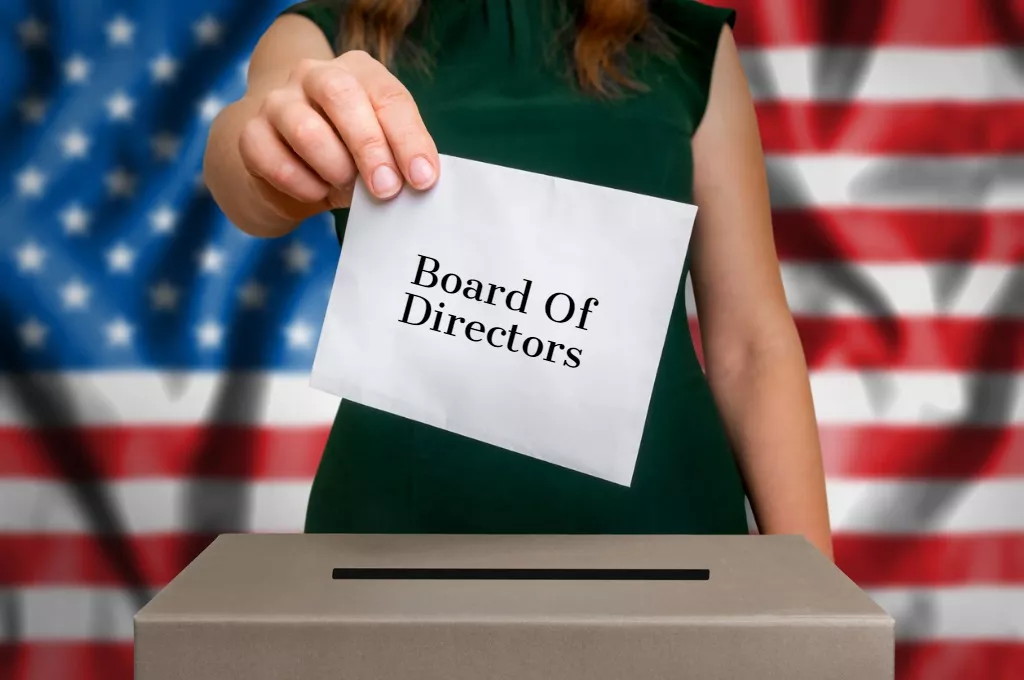May 15, 2024
The 1, 2, 3’s of ODP
Overdraft Protection can really come in handy when you need it most! Having a backup plan for checking account mishaps is a wise choice. Here are your ODP options at Interior Federal:
- Savings Account
As a member of Interior Federal, you will automatically have a savings account. When you open your checking account, it is automatically set up with your savings account as a default for overdrafts.
- Personal Line of Credit (PLOC):
A PLOC is an excellent way to protect yourself from accidental overdrafts. It is always a sinking feeling when you are at the checkout line and your card is declined. Setting up a personal line of credit as your first line of defense against overdrafts can save you in more ways than one. First, your card isn’t declined at checkout. Second, money is automatically transferred from your PLOC to your checking account. It is important to note that the amount that was transferred out of the PLOC will begin accruing interest immediately, so it’s best to pay that off as quickly as possible. Even if you do wait a couple of weeks before paying it off, that interest will be minimal. You can calculate your interest on that balance based on your contracted rate of your Personal Line of Credit. Third, a PLOC is a great thing to have in case of emergencies, and we aren’t only talking about overdrafts. You can use your PLOC for anything, from home repairs to medical bills, or a fun family vacation! Don’t just protect your checking account from overdrafts but protect your finances too!
How to Apply for a PLOC
- Log in to our mobile app.
- Select More.
- Select Apply for Consumer Loan.
- Choose Personal Loans.
- Complete the application and provide loan information.
- Review and confirm your information on the application is accurate.
- Submit– You will receive an email detailing the next steps.
- Overdraft Privilege (ODP)
Your third option is Overdraft Privilege (ODP) on your checking account. ODP is a service that covers overdrafts when completing transactions from your checking account. How it works: the Credit Union will cover the cost of the overdraft up front. Initially, this applies to 4 basic types of transactions; ACH, Bill Pay, Recurring Debit Transactions, and checks. While there is a fee of $28 each time, it saves you from having to use another check and a bounced check fee from the payee. We do limit the use of ODP to $500, and the Credit Union can suspend your privilege if overdrafts happen frequently and a balance begins to accumulate. You have 30 days to repay without other penalties.
This feature is automatically applied to your checking account – after the initial 30 days in good standing – when you first open it as a backup to your savings account transfer. Should you choose, you may opt-in to covering everyday debit card transactions and ATM withdrawals, you can do this upon account opening or through a secure form in Digital Banking.
You may also opt-out of ODP all together with a secure form in digital banking. If you choose this route, your savings account and/or PLOC (if you have one) is still going to be the source of funds to cover your overdrafts.
How to Opt-In/Opt-Out for ODP
- Log in to digital banking.
- Select Secure Forms.
- Choose Opt In/Out for Overdraft Services.
There are several ways your account can become overdrawn, such as (1) the payment of checks, electronic funds transfers or other withdrawal requests; (2) payments authorized by you(i.e. debit card at point of sale); (3) the return of unpaid items deposited by you; (4) bank service charges; or (5) the deposit of items which, according to the credit union’s Funds Availability Policy, are treated as not yet available.
We may refuse to pay an overdraft item at any time even though we may have previously paid overdrafts for you. For example, we typically do not pay overdraft items if your account is not in good standing, or if based upon our review of your account management, we determine that you are using Overdraft Privilege excessively or seem to be using Overdraft Privilege as a regular line of credit.
Now that you know your options, are you ready to implement checking account protection to save you embarrassment at checkout?
Related Content: Rainy Day Funds
Want more credit union information?
Subscribe to eNews




